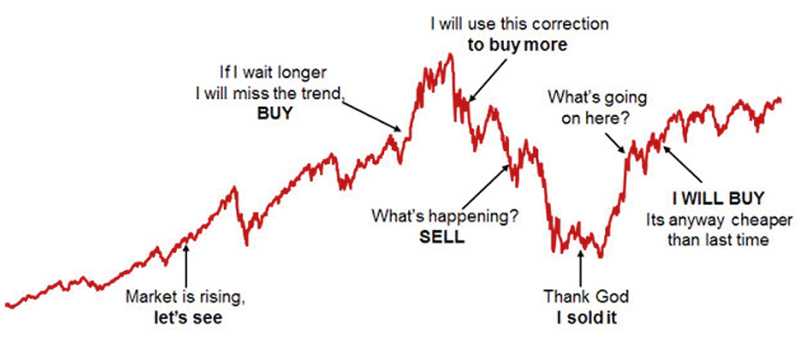Thursday Jan 08, 2026
Thursday Jan 08, 2026
Thursday, 5 November 2020 01:09 - - {{hitsCtrl.values.hits}}

By Atchuthan Srirangan
In every market scenario, a few investors become rich and others become poor. The rich and the poor are due to those who believe and do not believe in rebalancing.
Investment is always half-hearted unless rebalancing is done. Booking profits and converting notional profits into real profits is an art and science activity. Controlling, one’s greed and fear while rebalancing is very strange and complicated human behaviour which is hard to be adopted by an investor.
It has been found that often investors criticise the concept called long-term investments particularly when the market goes for a tailspin. Well for all those who burnt their fingers, for them asset allocation and rebalancing are unknown words. Only equity and debt, but low and sell high are not investment concepts.
Investment is always for a long-term ride provided you know the concept of rebalancing just like changing gears of a car. As you change the gear of the car at various points while travelling a long drive, one also has to use rebalancing as gear to change the asset allocation. Every road is not a highway, similarly every investment cannot just climb high and high.
Often, we find that there is the confusion that which investment to be sold and which one to be kept under hold. Well, asset allocation helps to resolve this gap. The behavioural finance aspect of rebalancing itself is as difficult as doing new investments. We have witnessed that rebalancing has been taken as a blind tool where an investor sells his good apples and keeps his bad apples in the expectation that the price will go up. This behavioural aspect cannot be ruled in this case.
Rebalancing is not about selling the good apples and holding bad ones. It is about asset reallocation. Rebalancing introduces one to asset allocation concepts and how a long-term wealth portfolio is created through asset allocation.
Rebalancing is not a high-frequency activity. It is an act that is initiated when one asset class performance is more than the desired objective.
One of the first steps you need to take in investing is to determine the asset allocation appropriate for your particular financial goals. For example, let’s say you’re shooting for a well-funded retirement that’s set to start in 35 years. Given that long timeframe and your personal comfort level with volatility, you decide to take an aggressive investing approach and go with an asset allocation of 90% stocks and 10% fixed income for your retirement portfolio.
But because the market can move around so much each day, that allocation is bound to change over time, if left alone. So, to maintain the status quo (or breakdown) of your portfolio, you need to act. And that action is what we call rebalancing.
For rebalancing, there are two main approaches to this task. The first approach, and the one that we will focus on here, is the time-based approach, where you rebalance on a set schedule. The other approach is called the rebalancing band approach, which does not rebalance until an asset class moves outside of pre-specified bands. In other words, it lets the portfolio run until it drifts too far out of line, and then it brings that portion of the portfolio back into line.
Rebalancing
In this pandemic time, the global economic debt has swelled significantly and hence the equity market will have an extensive high volatile ride. Further, in many places, its being found that the current equity market rally is based on few stocks, hence the broader market participation is less, hence those who are not aware of rebalancing will need more of the same. Asset allocation and rebalancing is the only tool for the coming decade to manage your investment portfolio.
[The writer is Assistant Manager – Research for Investments (Fixed Income & Equity) and a visiting lecturer.]